In general, bugs and pests in the garden or on succulents aren’t welcome. However, some bugs provide amazing benefits—they can help your succulents thrive and even protect them from harmful pests.
Tips To Attract Beneficial Bugs
- Plant marigolds, lavender, or daisies near your succulents to attract pollinators and predatory insects.
- Try to avoid insecticides, as they can harm beneficial bugs along with pests.
- Cleaning your garden environment, such as removing dead leaves and debris, helps reduce pest hiding spots.
But what bugs are beneficial for succulents?
Check out the list below! The next time you spot one of these creatures on your succulent, consider them a guardian of your plants.
1. Ladybugs (Ladybird Beetles)
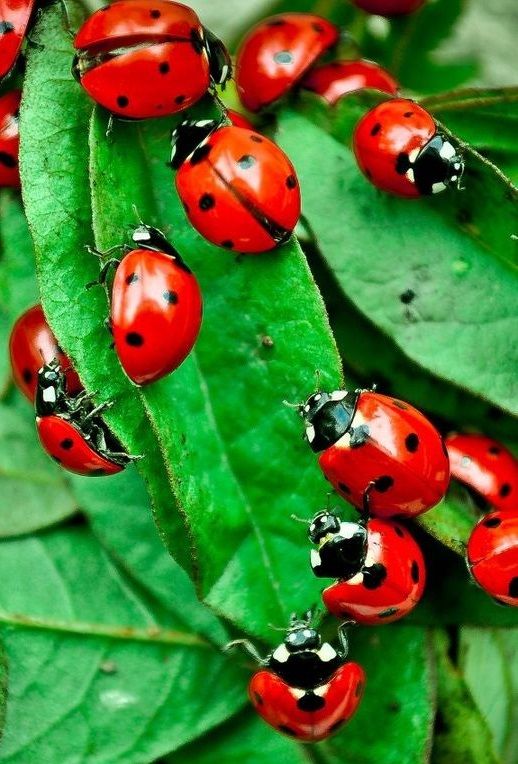
This cute little red beetle with dark spots, commonly known as the ladybug, feeds on harmful pests like aphids, mealybugs, and spider mites that can damage your succulents. So, if you spot one, welcome it with open arms!
Tip: If you’re introducing ladybugs to your succulents manually, do so in the early evening. This gives them time to acclimate and increases the chances they’ll stay longer.
2. Lacewings
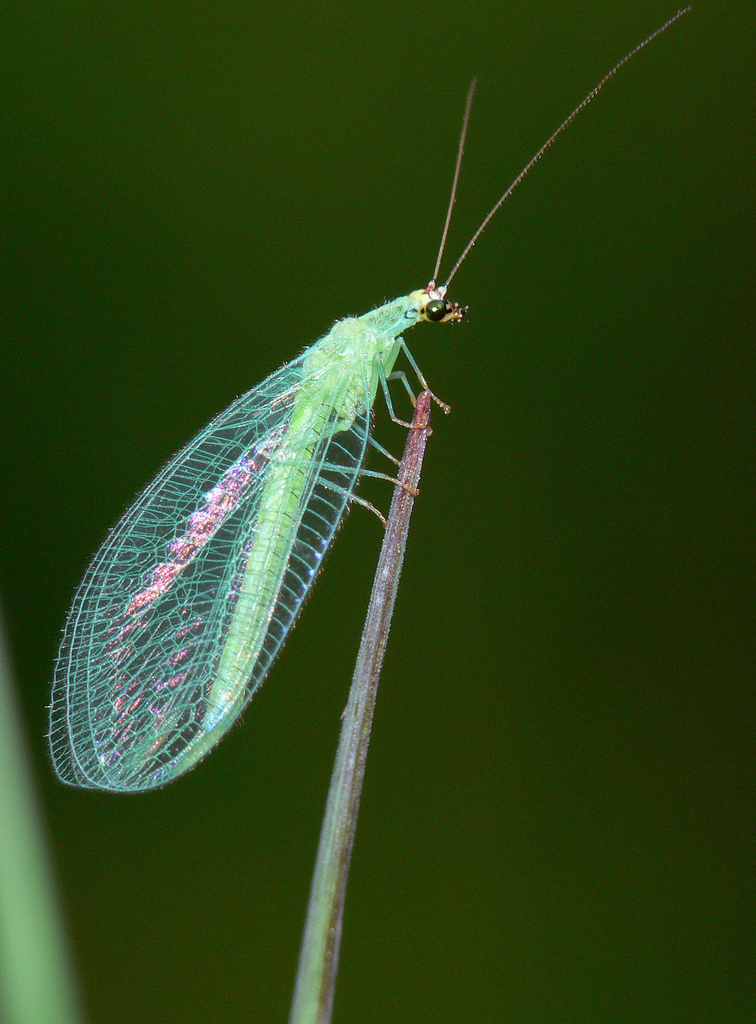
Also known as Aphid Lions, these beneficial insects have incredible predatory skills. According to the University of Maryland Extension, they help control pests like aphids, thrips, and whiteflies, making them a valuable ally for your succulents.
Tip: They are particularly effective during the early stages of an infestation, helping to prevent pests from spreading further.
3. Hoverflies
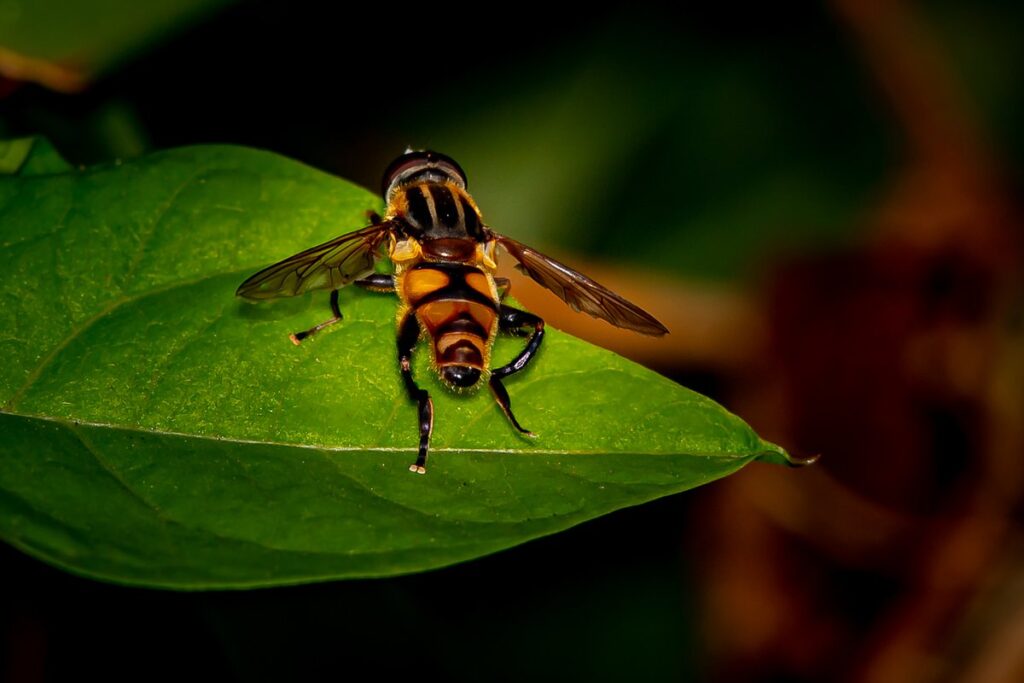
While protecting succulents from soft-bodied aphids and scale insects, hoverflies are also considered the second most important pollinators after bees.
If you’re unsure how to distinguish between hoverflies and honeybees, check out this detailed article from Agriculture Victoria for more information.
4. Predatory Mites
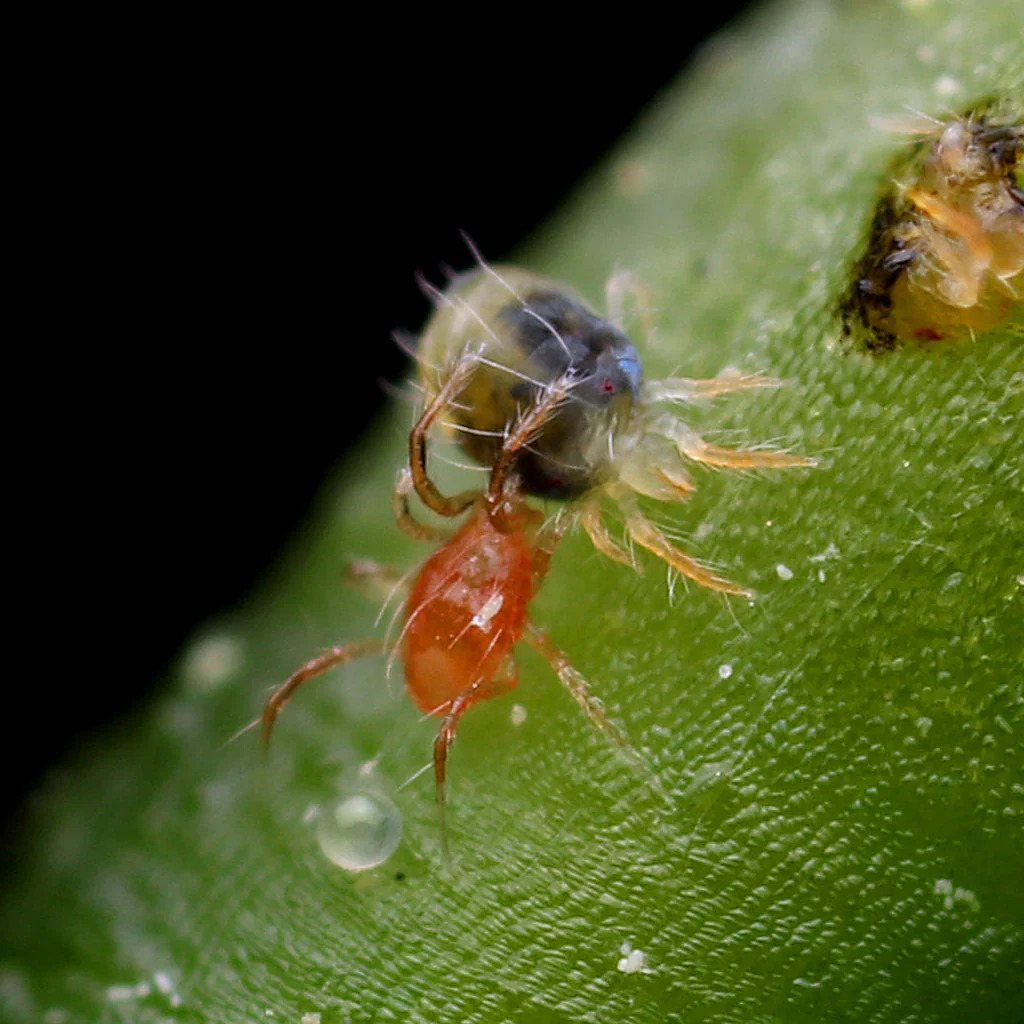
These beneficial arthropods are widely used in pest control to reduce the population of harmful pests. Predatory mites specifically target and feed on pest mites, such as spider mites, which can cause webbing and yellowing leaves on succulents.
Tip: Predatory mites work especially well in warm, controlled indoor succulent setups.
5. Parasite And Wasps
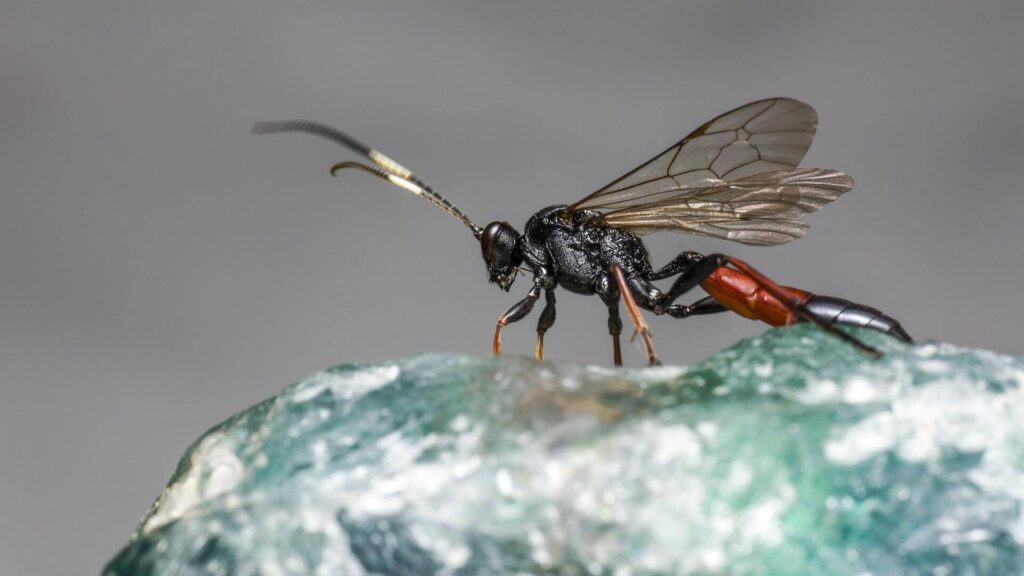
Tips: Suitable for greenhouses or controlled environments.
6. Bees and Butterflies
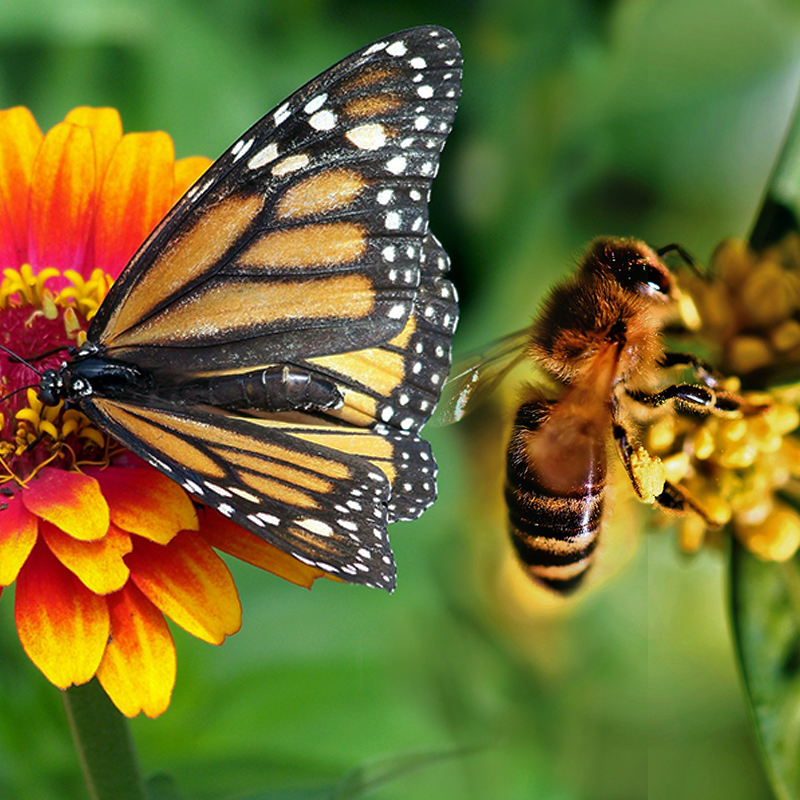
These beloved bugs not only enhance the beauty of your garden but also help pollinate flowers, aiding in their reproduction and growth. By welcoming them, you can encourage healthier blooms and even promote seed production. Supporting these pollinators benefits both your plants and the environment!
Advanced Insights
- It is scientifically proven that inviting these beneficial bugs into your garden can reduce reliance on chemical treatments, creating a more sustainable gardening system.
- If mealybugs or spider mites are the main predators of your succulents, releasing ladybugs or lacewings can serve as a proactive defense.
If you’re interested in sourcing beneficial bugs or learning how to introduce them effectively, detailed resources like Succulents Home provide insights and purchasing options.


